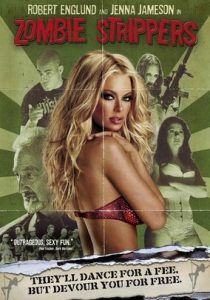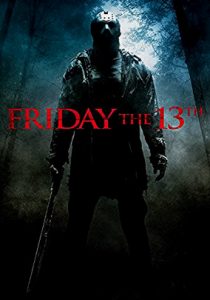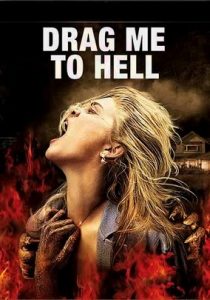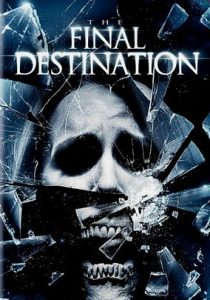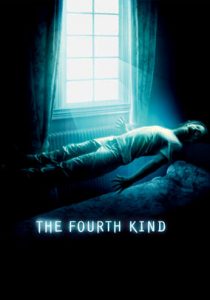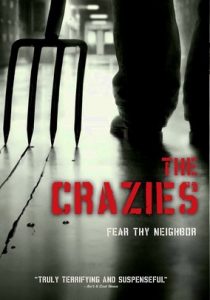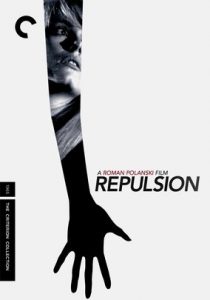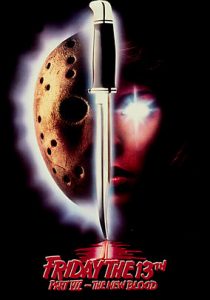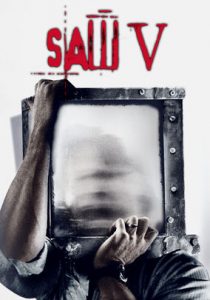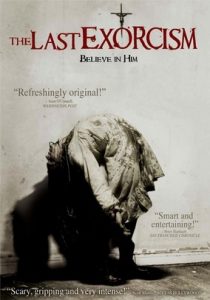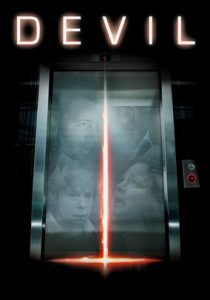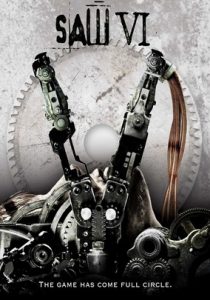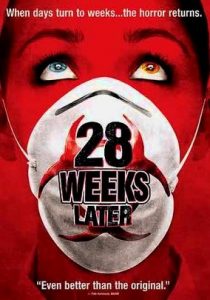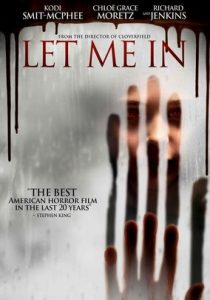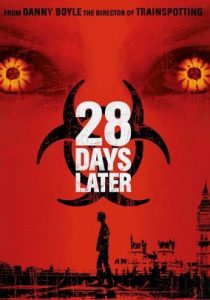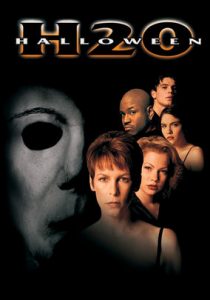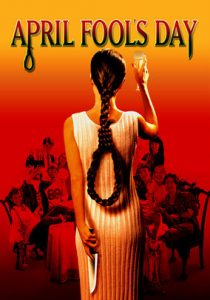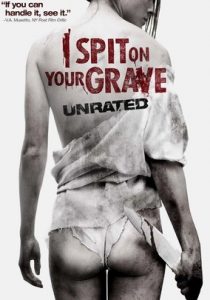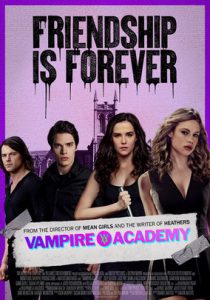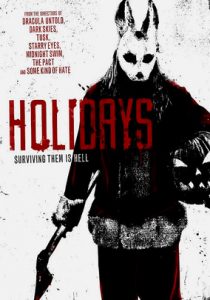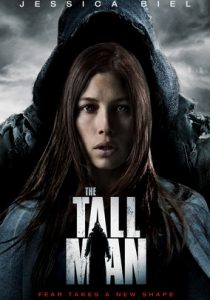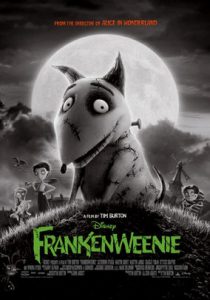Halloween III: Season of the Witch-1982
Director Tommy Lee Wallace
Starring Tom Atkins, Stacey Nelkins
Scott’s Review #506
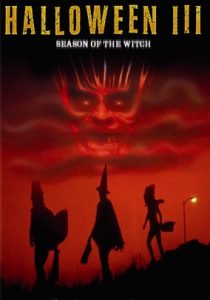
Reviewed November 1, 2016
Grade: B
Halloween III: Season of the Witch was met with much disdain when it was released in 1982- a mere one year following the very successful Halloween II- the sequel to the iconic Halloween (1978).
Fans (and critics) expecting a third chapter in the maniac-wielding Michael Myers saga were sorely disappointed and perplexed at what they were “treated” to.
After all, the title is billed as “III”. Therefore, the film was met with disapproval.
This film is not even in the slasher genre although I’ll categorize it as such for name recognition alone- more of a science fiction meets Twilight Zone.
Years later, this film would be heralded as a not-so-bad offering from a stand-alone film perspective. A different title might have been wise but at the risk of being a forgotten film.
I agree with the sentiment-it’s not a fantastic film- the plot is far from its strong suit, but a brave film and one that has aged well.
The franchise creators (John Carpenter and Debra Hill) had hoped to create an anthology-type film series with different chapters all surrounding the holiday of Halloween. This was not to be and Michael Myers would return for the fourth installment.
Director Tommy Lee Wallace was also affiliated with the original Halloween.
The story begins a week before Halloween (reaching a crescendo on Halloween) as shop owner, Harry Grimbridge runs along a highway in northern California, panicked and fleeing from corporate-looking men in business suits- he clutches a Halloween mask.
Finally rushed to the hospital by a stranger, he is killed by one of the businessmen, who then sets himself on fire.
Grimbridge manages to tell Dr. Dan Challis that “They’re going to kill us.” Challis and Grimbridge’s daughter, Ellie, mount an investigation to solve the mystery of her father’s demise.
Naturally, a romance ensues between the pair.
The film, while not a stinker, does have some issues. The corporate greed that we realize exists by the villain, Cochran, the founder of a company producing Halloween masks and responsible for the prosperity of a town is silly.
Even more perplexing are his motivations- he plans to sacrifice children wearing the masks to honor some ancient witchcraft- huh?
He creates androids as his henchmen and airs creepy television commercials to release a signal- and there are strange bugs that emerge from the masks, thereby killing the mask wearers.
The story is ludicrous.
Other gripes involve no chemistry between leads Tom Atkins and Stacey Nelkin, and the shameful waste of actress Nancy Loomis’s (Annie Brackett from Halloween) time and talents as she is reduced to a one-scene appearance as nagging and haggard-looking, ex-wife of Challis.
She deserved better and would have been perfect in the lead female role. The fact that Loomis was married to director Wallace makes this even more surprising- they were later divorced.
The negative attributes listed above would make one think that I detested this film, but somehow it is compelling in its own right.
The musical score is one highlight of Halloween III. Techie and new-wave-ish, it does wonders at portraying peril and creepiness- especially where the male androids are concerned.
And the sing-along jingle to the tune of the classic children’s song, “London Bridge is Falling”, encouraging children to buy the masks, is superb.
Though the story does not work- the subject does contain a throwback to science fiction films of yesteryear- most notably, highly resembling Invasion of the Body Snatchers in its eeriness and mystique, which renders the film appealing.
In the end, a character we do not suspect is revealed to be an android spinning the plot into a fun finale.
Halloween III: Season of the Witch (1982) is flawed, but becomes a bit of an acquired taste- appreciated a bit more over the years- if for no other reason than going against the grain and trying to be something different and creative.
The story fails, but other little nuances succeed immeasurably.

